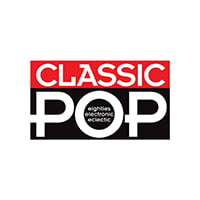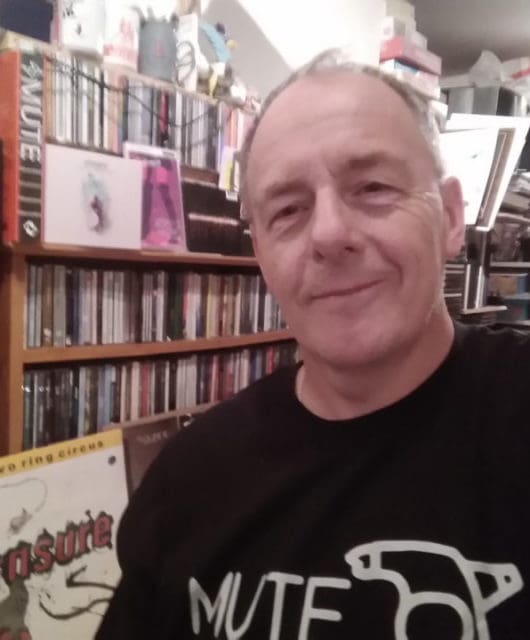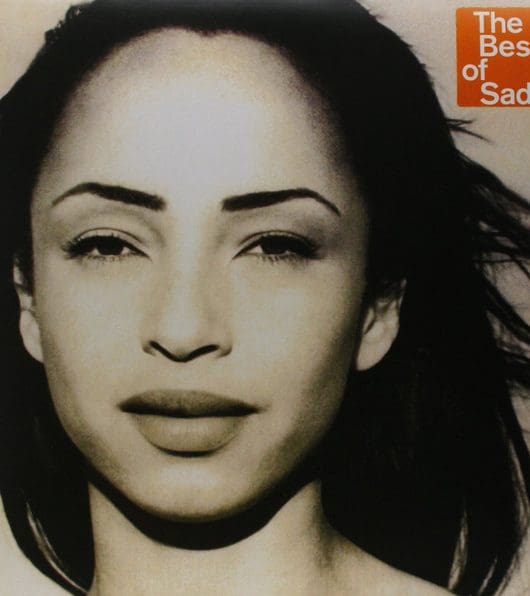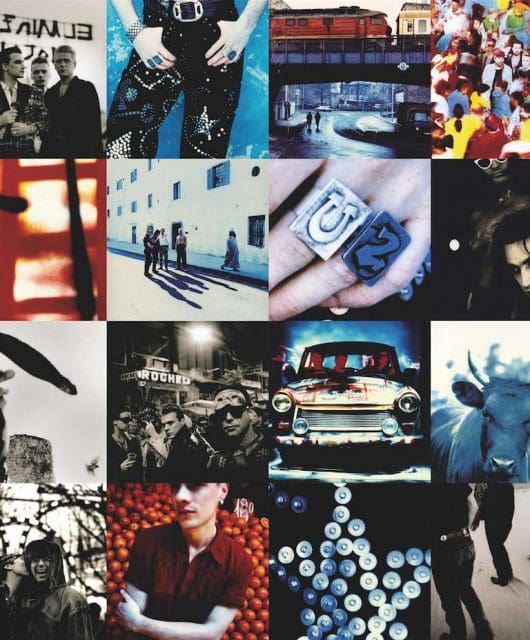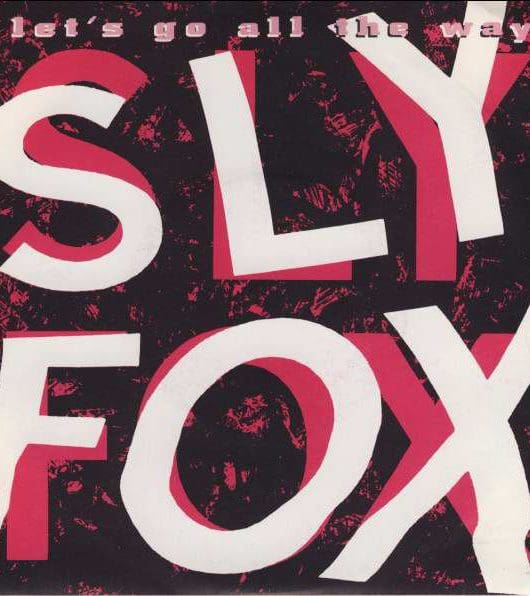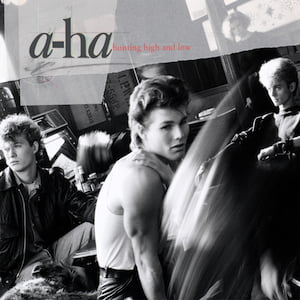Making Soul II Soul – Club Classics Vol. One
By Classic Pop | August 16, 2019
Emerging from the underground sound system scene, Jazzie B and his collective of Funki Dreds, aka Soul II Soul, gathered to make Club Classics Vol. One, an album which incorporated a fusion of styles and influences to create a stylish sonic snapshot of multicultural London in the late 80s…
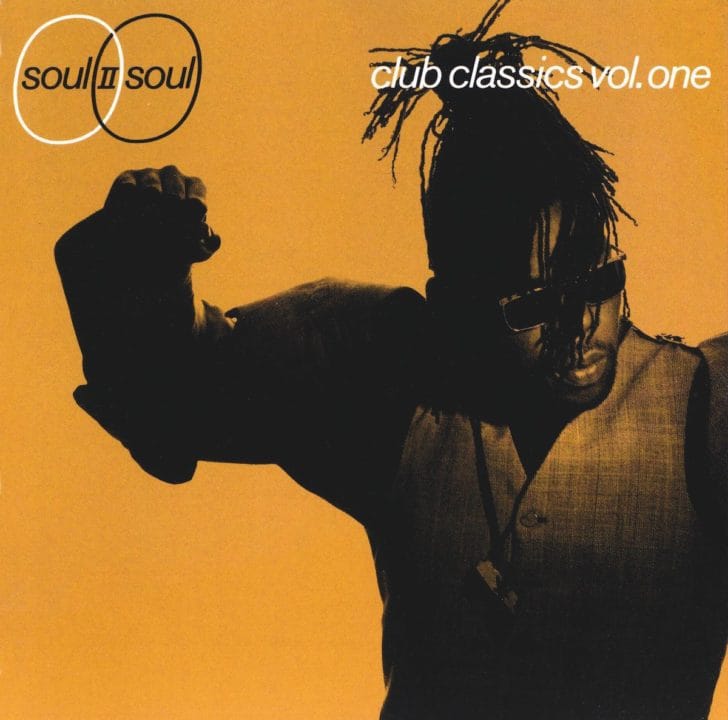
History may have taught us that 1977 was the year of punk and that Johnny Rotten sneering his way through the Sex Pistols’ God Save The Queen was one of the defining musical and cultural statements of the year, but Her Majesty’s Silver Jubilee celebrations can also claim to herald the beginning of the career of Jazzie B. His DJ set at a street party that year was to be the impetus of a journey that would take in sound systems, warehouse parties and a genre-defining Sunday night residency at London’s famed Africa Centre, before he established himself as one of the most dynamic figures in mainstream music and culture.
Far more valuable to Jazzie (real name Trevor Beresford Romeo) than the £12 fee he pocketed for his Silver Jubilee manning of the decks, was the realisation that his unerring passion for music and DJing could become a career and he embarked on a relentless quest to establish himself as part of the sound system scene. Originally a Jamaican phenomenon, portable sound systems consisted of a pair of decks, a mic and huge speakers that would blast out bass-heavy beats, predominantly dub and reggae. Along with his close friend Daddae Harvey, Jazzie formed his own sound system called Jah Rico and began booking gigs across London. With every penny earned ploughed back into the system and spent on records, Jah Rico were forced to be resourceful, travelling to gigs on buses with their equipment or transporting it via shopping trolleys.
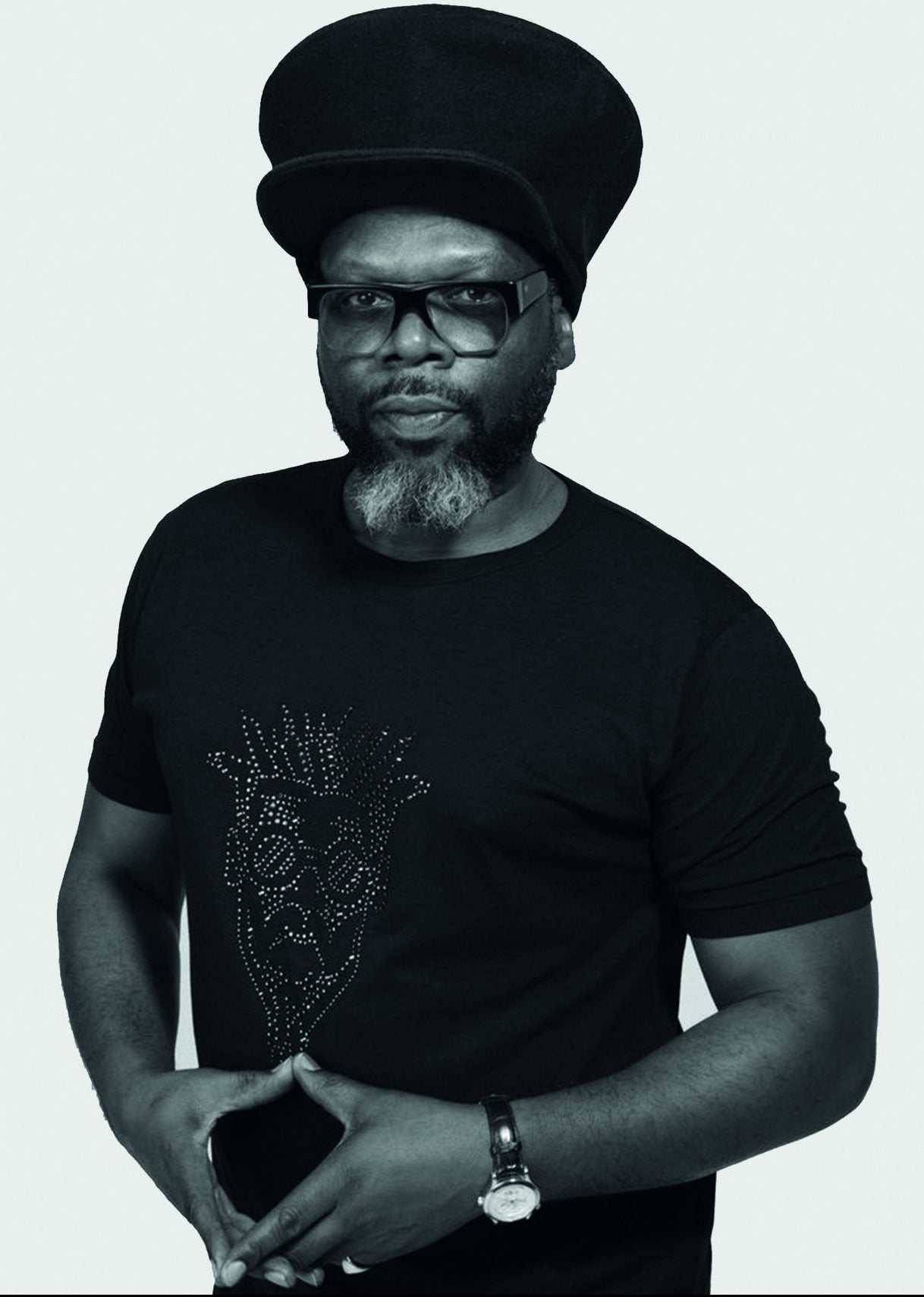 “The No.14 bus was basically our transit van,” Jazzie recalled in a recent BBC documentary. “We’d get to the bus stop in Hornsey with our equipment in a trolley, then get the bus to the gig, which could sometimes take up to two hours. People would see us with our boxes of records and wonder what we were doing!”
“The No.14 bus was basically our transit van,” Jazzie recalled in a recent BBC documentary. “We’d get to the bus stop in Hornsey with our equipment in a trolley, then get the bus to the gig, which could sometimes take up to two hours. People would see us with our boxes of records and wonder what we were doing!”
After a couple of years as Jah Rico, Jazzie and Daddae changed their name and their musical repertoire to reflect their shift in musical tastes. Although they had been raised on the likes of James Brown, Isaac Hayes and Curtis Mayfield, Jazzie had fallen in love with the Lover’s Rock label (especially a group called Brown Sugar which included future collaborator Caron Wheeler) and the emerging Britfunk movement, and reinvented his sound system accordingly in 1982. It was the beginning of Soul II Soul.
“We came up with the name not just because of the music we played, it also stood for Daddae and myself – two souls moving together,” Jazzie says.
As the sound system began making a name for itself, Jazzie decided to quit his job so that he could devote all his time and energy into realising his vision of taking Soul II Soul to the next level. In order to create revenue, he enlisted artist Derek Yates, who had designed flyers for the sound system, to create the Funki Dred logo and reproduce it on T-shirts.
An amalgamation of Jazzie’s trademark haircut of shaved head at the back and sides and dreadlocks on top (a style he cultivated so he could wear a hat to hide his deadlocks from his parents who disapproved of Rastafarian culture) and elements of the diverse crowds Soul II Soul’s sets were beginning to attract, it was designed as a symbol of inclusivity. The shirts were instant sell-outs and were quickly bootlegged, such was the demand from style-savvy club kids to buy into Soul II Soul’s urban cool.
“Creating the sound and vision of Soul II Soul was all about authenticity, identity and giving the music industry something that they had never experienced before at the end of the day,” Jazzie says. “Most traditional sound systems make their own music, which is what led to the genesis of Soul II Soul forming. When we started out it was important for us to be seen as an original and unique collaboration and to come up with our identity in the realms of everything that was going on around us.”
Read more: Making Neneh Cherry’s Raw like Sushi
Read more: Bomb The Bass interview
As Soul II Soul began gaining momentum, the crowds flocking to see them became bigger and more diverse, leading to Jazzie and co. seeking out bigger venues to play. However, as Jazzie had experienced blatant racism within the London club scene, on occasion not even being admitted inside clubs, the prospect of playing them was even more unlikely, leading to the Funki Dreds seeking out disused spaces such as warehouses in which to hold their parties – gatherings at which music, art and fashion collided to establish a social network for multicultural London’s creatives.
As the warehouse scene grew and was hijacked by the advent of acid house, Jazzie and the band retreated to the Africa Centre in London’s Covent Garden, where they could distance themselves from the pill-popping ravers that dominated the scene. Consciously deciding to hold their events on a Sunday night in order to avoid the up-all-night rave crowd, Soul II Soul and their flock of funky followers formed a tribe of fashion-forward soul devotees, preaching positivity, ambition and unity.
“We had everyone from Bobby Byrd and Vicky Anderson performing to DJs Trevor ‘Madhatter’ Nelson, Norman Jay, Barry K Sharp, Judge Jules and CJ Mackintosh,” Jazzie told Blues & Soul magazine. “It played host to a real generation of the UK club scene/culture at that given time and nationalities from all over the world. It was an amazing place and I think the atmosphere and the whole vibe, made it what it was. It’s where you learnt your trade, and where you met your girl or boyfriend, and it’s where we formed the saying: ‘A happy face, a thumpin’ bass for a lovin’ race.’”
It was during the sound system nights at the Africa Centre that Jazzie, inspired by the musicians and MCs that frequented the events, took the logical step of creating his own music under the Soul II Soul moniker. Groove-based and with a social message, Soul II Soul’s fresh sound fused soul, R&B, reggae and hip-hop while retaining a unique flavour that was a representation of London’s multicultural heritage.
 The Songs
The Songs
1 Keep On Movin’
From the unmistakable trademark Soul II Soul opening swing beat, piano riff and caramel-smooth vocals of Caron Wheeler, Keep On Movin’ is enough to warrant the bold title of the album. A timeless soulful groove, the track was originally an uptempo disco-inspired song, until Caron joined the group and rearranged it as a laidback jam. “When Jazzie brought me Keep On Movin’ some of the words were there, but none of the vocals were, and the sound seemed like it was flying past you,” Caron said. “I told them that the music needed to slow down. I told Jazzie, ‘What you’re saying in the song is good, but the way you’re saying it isn’t.’ To me, it was moving so quickly that you couldn’t really hear what the message was. This is the reason why we made the chords mellow and got the beat in there to give it something to anchor it with.”
Despite the song’s mellow mood, it was originally written about how Soul II Soul’s weekly residency at the Africa Centre was constantly monitored by the police on account of it always being thriving, while other clubs on a Sunday night were empty, such was the draw of the band’s groove. Keep On Movin’ was Soul II Soul’s debut Top 10 hit, reaching No.5 in March 1989.
2 Fairplay
The first song that Soul II Soul made as a group in their own right, Fairplay was aimed directly at the dancefloor. A funky groove with an urgent, impassioned vocal from Rose Windross, she gives a shoutout to the Africa Centre club night as being “the place to be on Sunday night”, inviting like-minded individuals to come together to express themselves.
Fairplay was released as Soul II Soul’s first single in May 1988, but failed to crack the Top 40, peaking at No.63. However, the song was a huge club hit and the perfect introduction to the Soul II Soul sound.
3 Holdin’ On
Though Soul II Soul always distanced themselves from the rave crowd that they were inadvertently associated with during their days of throwing warehouse parties, Holdin’ On shows that at least some of the rave scene had an influence on them – albeit briefly. Taking its cues from the techno/house sounds that were emanating from Detroit and Chicago, a pulsing house beat is the backdrop to mantra-like musings from Jazzie, delivered in a style reminiscent of a modern-day Gil Scott-Heron, before erupting into an epic chorus featuring live strings and an African choir.
4 Feeling Free (Live Rap)
Rooted firmly in the classic hip-hop rhythms from the streets of New York, Feeling Free features a rap from Jazzie, but the song’s main strength is the scratches and inventive use of samples throughout. A horn riff is looped and a simple vocal sample is chopped up and pieced together. They’re used in a way that creates an infectious melody, which takes the place of a chorus.
5 African Dance
Despite their uniquely British sonic identity, Soul II Soul also embraced multiculturalism, fusing different sounds and influences into their music. African Dance, a six-minute instrumental, once again fuses the house rhythms of Detroit and Chicago with African sounds to acknowledge the band’s African heritage.
6 Dance
Continuing the house club flavour, Dance brings the tempo down a notch, allowing Jazzie to take the mic to deliver a laidback rap, packed with 80s club mantras such as asking listeners to “dance, I’ll put you all in a trance”, while a flute supplies a catchy hook over which Jazzie delivers his vocal.
7 Feel Free
Boasting a sound more akin to what was expected from Soul II Soul – laidback groove, strings, funky bassline etc – Feel Free sees singer Do’reen take on vocal duties for the second time on the record (she also contributes the vocal hook of Happiness). With a style more gutsy and fierce than the smooth, relaxing tone of Caron, her aggressive vocal offers a different perspective to the group’s mellow flavour. Released as a single in September 1988, Feel Free stalled one place lower than Fairplay at No.64.
8 Happiness (Dub)
A flashback to what visitors to the Soul II Soul sound system heard at warehouse events such as the St Pancras show with Judge Jules’ Family Funktion, Happiness (Dub), is Soul II Soul’s version of house music, replete with uplifting vocal and Italo house-style piano riff.
9 Back To Life
Confusingly, for lots of people that bought the album for this track, the LP version of Back To Life differs greatly from the dance classic that topped the charts as it was included in its original a cappella form (the beats only feature on the last minute of the track to segue into Jazzie’s Groove).
A last-minute inclusion to the album, Back To Life was originally an intro to Jazzie’s Groove but, after everyone who heard it loved it, it became the basis of a new track to be released as the band’s next single. Two versions were laid down, one which included the original a capella played over a new instrumental, while for the other, the vocal was completely re-recorded and used as the basis for the track which everyone came to know and love. With its hip-hop beat, piano riff, commanding strings and Caron Wheeler’s sublime vocal, Jazzie has called the song a showcase of his production skills and a sampler of the direction Soul II Soul would take on its next album.
Back To Life (However Do You Want Me) topped the UK chart in April ‘89 and reached the Top Five in the United States. A pivotal release, it not only put Soul II Soul on a global platform, it defined British R&B music, proving that it didn’t have to be derivative of the sounds coming from the US.
10 Jazzie’s Groove
The album’s closer is a funky, sample-laden groove over which Jazzie explains the ethos of Soul II Soul, and introduces the band’s mantra: “A happy face, a thumpin’ bass for a lovin’ race.”
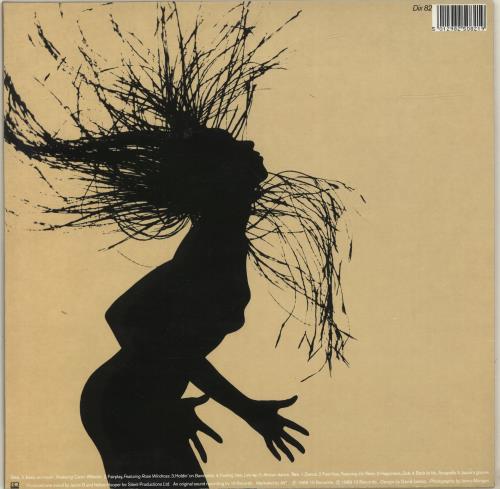
Beginning by releasing one-off tracks, known as ‘dubplate specials’, the group became the subject of a bidding war from record labels keen to sign them up, convinced they were the perfect antidote to the production-line pop that was dominating the charts. Eventually signing with Virgin, Jazzie’s decision was based on the condition that he’d maintain complete creative control of Soul II Soul.
“The type of deal we had was a singles deal,” Jazzie said. “The whole idea of an actual album wasn’t something we were interested in doing at that time because, technically, Soul II Soul was still a sound system rather than a band per se, which is why we had a rotating line-up of different singers. It goes back to the origins of the old sound systems as well, because in a sound system, you would also have many different MCs or DJs. All of these things combined to form Soul II Soul. You can really relate back to songs like Jazzie’s Groove and Fairplay to get a full understanding of what we were trying to
do musically.”
With demand for the dubplate specials growing, a Soul II Soul album began to formulate organically, more a compilation of their tracks which were packing the UK’s trendiest dancefloors than a body of work – hence the title, Club Classics Vol. One. While the sound system became a mecca for burgeoning talent, with singers, musicians and MCs flocking to become part of it, Jazzie, Daddae and producer Nellee Hooper were the core members of the group.
“It took about two or three months to finish the entire album because initially the songs were done as singles,” Jazzie says. “They were being played way before the conception of an album. All of the artists on the singles were featured artists – many of them were session artists. It wasn’t actually put together as a group. Obviously, in a group situation you have different members doing different things. That wasn’t the case at all. It was like, fuck it and we’ll see what happens type of thing. We lived in the studios anyway because we were always making records. We would call ourselves bedroom DJs, but we weren’t necessarily in a bedroom. We were always in a studio or a boogie basement as it were.”
The Videos
Fairplay
Capturing the energy of a Soul II Soul sound system event on a Sunday night at the Africa Centre in London’s Covent Garden, the Fairplay video features a Soul II Soul live performance at the venue, fronted by power-suited vocalist Rose Windross, playing to an achingly hip crowd of renowned faces from the London club scene. The promo jumps between the live set and shots of street dancers busting their moves in silhouette form, shot against a vivid backdrop of the bright lights of London’s Piccadilly Circus.
Jazzie’s Groove
Proving that it’s possible to have style and substance, the video for Jazzie’s Groove is essentially a fashion editorial from The Face or i-D magazine brought to life. Shot against a simple white background, close-ups of Jazzie are interspersed with shots of the rest of Soul II Soul, backup dancers (dressed in the Soul II Soul clothing range) and the equipment which makes up the sound system – speakers, reel-to-reel tape machines etc. Beginning with a cinematic opening credits sequence that lists all the members of the band, it is the perfect introduction to
Soul II Soul.
Keep On Movin’
Opening with close-ups of traditional African artwork and artefacts in the Africa Centre, the video moves to a studio setup with Jazzie and Caron around a piano and string section, performing the song surrounded by a troupe of dancers before location shots of Jazzie B walking around London reference the Soul II Soul story. A No.14 bus symbolises Jazzie’s early sound system days when he used to transport his equipment on the bus, before finishing on the banks of the Camden Lock, where Soul II Soul now had its own store.
Back To Life (However Do You Want Me)
Shot on location in Epping Forest, Back To Life (However Do You Want Me) is a classic performance video, with vocalist Caron Wheeler the undoubted focal point, casting her as Soul II Soul’s de facto frontwoman. As Caron, Jazzie et al perform the track (look out for Wheeler’s former-Afrodiziak cohort Claudia Fontaine in the background), the video cuts away to a rooftop sound system setup, with smilin’ faces and thumpin’ basses aplenty. With this promo, Soul II Soul predicted their song providing the soundtrack to the second summer of love.
As the album neared completion, singer Caron Wheeler was a late addition to the group. Brought in to sing on Keep On Movin’, a disco-tinged track, she reworked the song to give it a mellower vibe, and also sang an a cappella on the record, Back To Life – originally planned to be an interlude. As well as being the finishing touches to the record, they were to be Soul II Soul’s two biggest hits, the latter making No.1 in the singles chart in April 1989.
By the time Club Classics Vol. One topped the album chart in July 1989, it was already living up to its cocky title. With sales exceeding 900,000 copies, the launch of a shop in Camden selling T-shirts, hoodies and baseball caps emblazoned with the Funki Dred logo and Jazzie landing on the covers of Smash Hits, The Face and NME, Soul II Soul had gone supernova, establishing itself as a lifestyle brand. Pushing forth their message of inclusivity, diversity and breaking down boundaries, Soul II Soul may have relinquished their underground status but they retained their cool by achieving their success entirely on their own terms.
Mark Lindores
